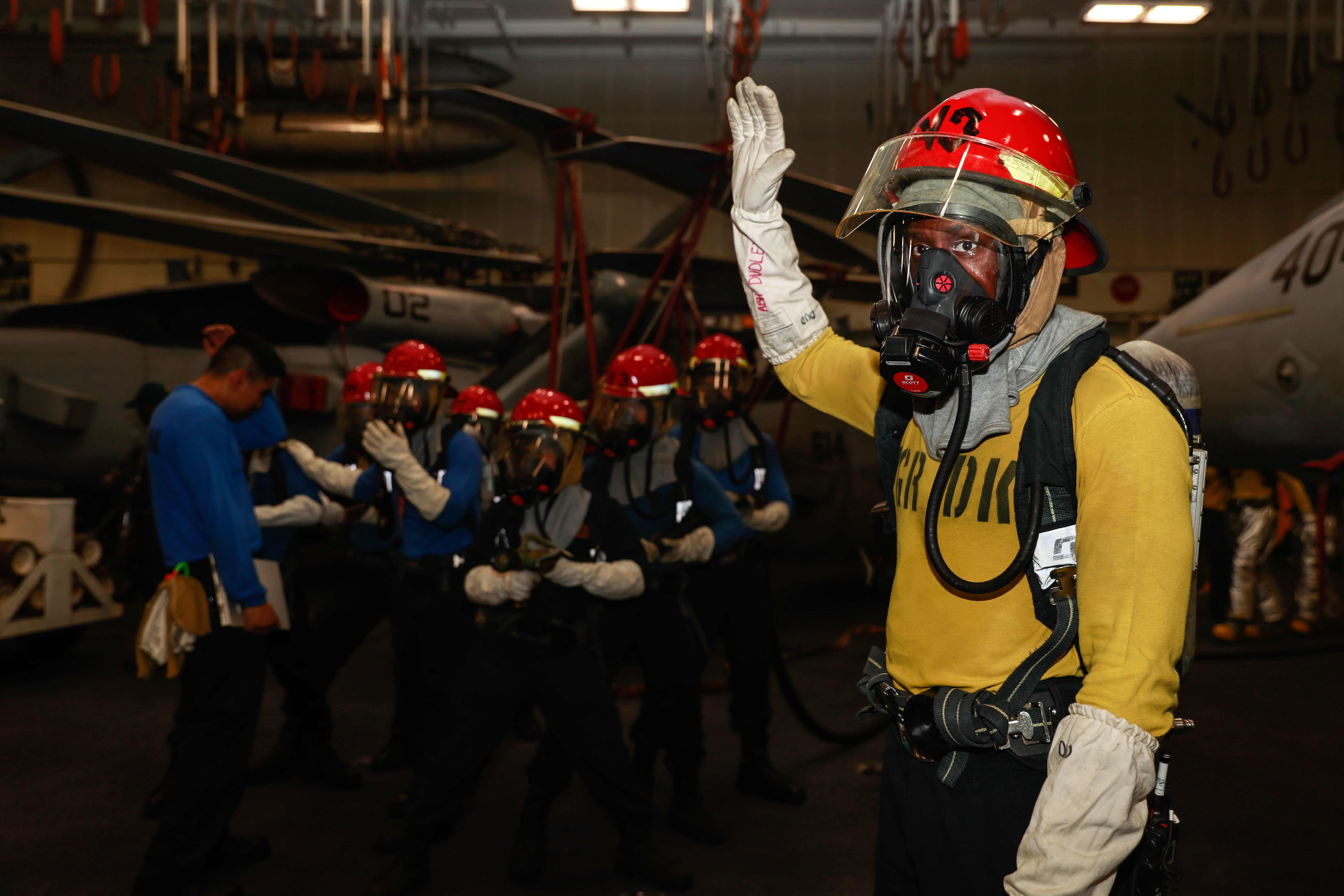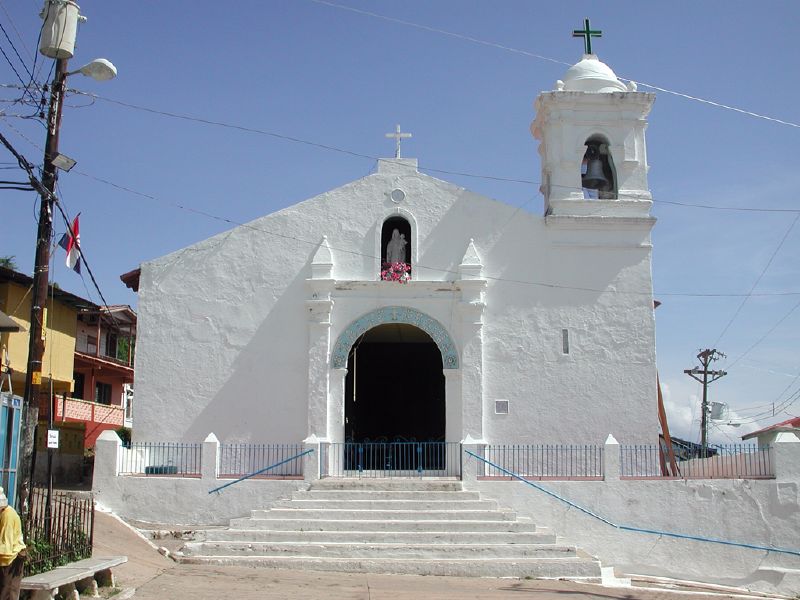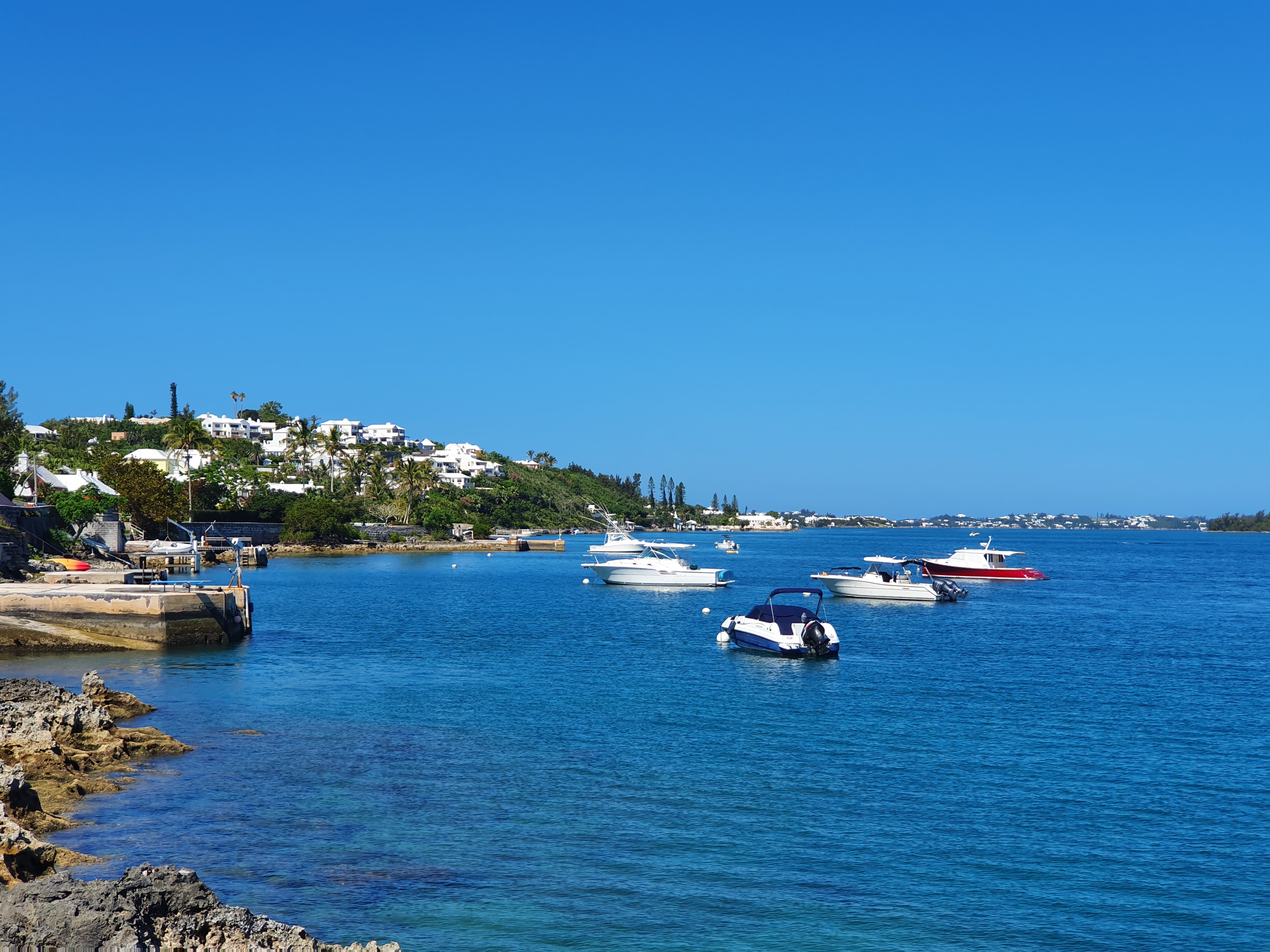|
USS William T. Powell (DE-213)
USS ''William T. Powell'' (DE/DER-213), a of the United States Navy, was named in honor of Gunner's Mate William T. Powell (1918-1942), who was killed in action, aboard the heavy cruiser off Guadalcanal on 12 November 1942. ''William T. Powell'' was laid down on 26 August 1943 at the Charleston Navy Yard; launched on 27 November 1943; sponsored by Mrs. Elsie V. Powell, mother of Gunner's Mate Powell, and commissioned on 28 March 1944. Service history World War II, 1944–1945 Shakedown cruise After fitting out, ''William T. Powell'' got underway from the Charleston Navy Yard on 18 April, flying the command pennant of Commander George F. Adams, USNR, Commander Escort Division 66, and bound for Bermuda. At 15:41 on 20 April, the ship's search radar disclosed a contact. Seven minutes later, ''William T. Powell'' went to general quarters as lookouts noted a submarine running on the surface. The destroyer escort charged ahead at flank speed and challenged the submarin ... [...More Info...] [...Related Items...] OR: [Wikipedia] [Google] [Baidu] |
Charleston Navy Yard
Charleston Naval Shipyard (formerly known as the Charleston Navy Yard) was a U.S. Navy ship building and repair facility located along the west bank of the Cooper River, in North Charleston, South Carolina and part of Naval Base Charleston. History It began operations in 1901 as a drydock, and continued as a navy facility until 1996 when it ceased operations as the result of recommendations of the 1993 Base Realignment and Closure Commission. At that time it was leased to ''Detyens Shipyards, Inc.'' Originally designated as the Navy Yard and later as the Naval Base it had a large impact upon the local community, the tri-county area and the entire State of South Carolina. The yard first produced the destroyer , then began to increase production in the 1930s. A total of 21 destroyers were assembled at the naval facility. In 1931, Ellicott Dredges delivered the 20-inch cutter dredge ''Orion'' still in operation at the old Charleston Naval Shipyard. Two of the largest vessel ... [...More Info...] [...Related Items...] OR: [Wikipedia] [Google] [Baidu] |
General Quarters
General quarters, battle stations, or action stations is an announcement made aboard a naval warship A warship or combatant ship is a naval ship that is built and primarily intended for naval warfare. Usually they belong to the armed forces of a state. As well as being armed, warships are designed to withstand damage and are usually faster a ... to signal that all hands (everyone available) aboard a ship must go to battle stations (the positions they are to assume when the vessel is in combat) as quickly as possible. According to ''The Encyclopedia of War'', formerly " naval service, the phrase 'beat to quarters' indicated a particular kind of drum roll that ordered sailors to their posts for a fight where some would load and prepare to fire the ship's guns and others would arm with muskets and ascend the rigging as sharpshooters in preparation for combat." Aboard U.S. Navy vessels, the following announcement would be made using the vessel’s public address system ... [...More Info...] [...Related Items...] OR: [Wikipedia] [Google] [Baidu] |
Taboga Island
Taboga Island ( es, Isla Taboga, links=no), also known as the "Island of Flowers", is a volcanic island in the Gulf of Panama. It is a tourist destination, about 20 km from Panama City, Panama. History The island was discovered in the 16th century and was originally named ''Isla de San Pedro'' by the Spanish explorer Vasco Núñez de Balboa. Its current name derives from an Indian word ''aboga'' ("many fish"). The island's first settlers were Indian slaves from Venezuela and Nicaragua. The small town of San Pedro was founded in 1524 by Hernando de Luque, dean of the Panama cathedral. The town church of the same name is claimed to be the second-oldest church in the hemisphere. Rose of Lima (1586–1617), the first Catholic saint of the Americas, may have been born on the island. French painter Paul Gauguin visited the island in 1887. Paul Gauguin in Taboga Having worked for the first (French) attempt to dig a canal from the Caribbean Sea to the Pacific, an attempt in whic ... [...More Info...] [...Related Items...] OR: [Wikipedia] [Google] [Baidu] |
Panama Canal Zone
The Panama Canal Zone ( es, Zona del Canal de Panamá), also simply known as the Canal Zone, was an unincorporated territory of the United States, located in the Isthmus of Panama, that existed from 1903 to 1979. It was located within the territory of Panama, consisting of the Panama Canal and an area generally extending on each side of the centerline, but excluding Panama City and Colón. Its capital was Balboa. The Panama Canal Zone was created on November 18, 1903 from the territory of Panama; established with the signing of the Hay–Bunau-Varilla Treaty, which allowed for the construction of the Panama Canal within the territory by the United States. The zone existed until October 1, 1979, when it was incorporated back into Panama. In 1904, the Isthmian Canal Convention was proclaimed. In it, the Republic of Panama granted to the United States in perpetuity the use, occupation, and control of a zone of land and land underwater for the construction, maintenance, opera ... [...More Info...] [...Related Items...] OR: [Wikipedia] [Google] [Baidu] |
Anti-aircraft
Anti-aircraft warfare, counter-air or air defence forces is the battlespace response to aerial warfare, defined by NATO as "all measures designed to nullify or reduce the effectiveness of hostile air action".AAP-6 It includes surface based, subsurface ( submarine launched), and air-based weapon systems, associated sensor systems, command and control arrangements, and passive measures (e.g. barrage balloons). It may be used to protect naval, ground, and air forces in any location. However, for most countries, the main effort has tended to be homeland defence. NATO refers to airborne air defence as counter-air and naval air defence as anti-aircraft warfare. Missile defence is an extension of air defence, as are initiatives to adapt air defence to the task of intercepting any projectile in flight. In some countries, such as Britain and Germany during the Second World War, the Soviet Union, and modern NATO and the United States, ground-based air defence and air defence aircraft ... [...More Info...] [...Related Items...] OR: [Wikipedia] [Google] [Baidu] |
Bofors 40 Mm Automatic Gun L/60
The Bofors 40 mm Automatic Gun L/60 (often referred to simply as the "Bofors 40 mm gun", the "Bofors gun" and the like, see name) is an anti-aircraft autocannon, designed in the 1930s by the Swedish arms manufacturer AB Bofors. The gun was designed as an intermediate anti-aircraft gun, filling the gap between fast firing close-range small calibre anti-aircraft guns and slower firing long-range high calibre anti-aircraft guns, a role which previously was filled by older outdated guns. The Bofors 40 mm L/60 was for its time perfectly suited for this role and outperformed competing designs in the years leading up to World War II in both effectiveness and reliability. It entered the export market around 1932 and was in service with 18 countries by 1939. Throughout World War II it became one of the most popular and widespread medium-weight anti-aircraft guns. It was used by the majority of the western Allies and some Axis powers such as Nazi Germany and Hungary. In the pos ... [...More Info...] [...Related Items...] OR: [Wikipedia] [Google] [Baidu] |
Great Sound
The Great Sound is large ocean inlet (a sound) located in Bermuda. It may be the submerged remains of a Pre- Holocene volcanic caldera. Other geologists dispute the origin of the Bermuda Pedestal as a volcanic hotspot. Geography The Great Sound dominates the southwest of the island chain and forms a natural harbour. It is surrounded on all sides by islands, except for the northeast, where it is open to the Atlantic Ocean. Peninsulas To the south, two small peninsulas jut into the sound separating it from the smaller Little Sound. In the east, the Great Sound narrows to form Hamilton Harbour. Bermuda's capital, Hamilton, is on the northern shore of this harbour. Islands Numerous islands lie within the Great Sound, most of them on the southeastern side of it, including Darrell's Island, Hawkins Island, Hinson's Island, Long Island, Marshall's Island, and Watling Island. Most of these were obtained by the Royal Navy during the 19th Century and used for various nava ... [...More Info...] [...Related Items...] OR: [Wikipedia] [Google] [Baidu] |
Hedgehog (weapon)
The Hedgehog (also known as an ''Anti-Submarine Projector'') was a forward-throwing anti-submarine weapon that was used primarily during the Second World War. The device, which was developed by the Royal Navy, fired up to 24 spigot mortars ahead of a ship when attacking a U-boat. It was deployed on convoy escort warships such as destroyers and corvettes to supplement the depth charges. As the mortar projectiles employed contact fuzes rather than time or barometric (depth) fuzes, detonation occurred directly against a hard surface such as the hull of a submarine making it more deadly than depth charges, which relied on damage caused by hydrostatic shockwaves. During WWII out of 5,174 British depth charge attacks there were 85.5 kills, a ratio of 60.5 to 1. In comparison, the Hedgehog made 268 attacks for 47 kills, a ratio of 5.7 to 1. Development The "Hedgehog", so named because the empty rows of its launcher spigots resembled the spines on the back of a hedgehog, was a repla ... [...More Info...] [...Related Items...] OR: [Wikipedia] [Google] [Baidu] |
Depth Charge
A depth charge is an anti-submarine warfare (ASW) weapon. It is intended to destroy a submarine by being dropped into the water nearby and detonating, subjecting the target to a powerful and destructive Shock factor, hydraulic shock. Most depth charges use explosive, high explosive charges and a fuze set to detonate the charge, typically at a specific depth. Depth charges can be dropped by ships, patrol aircraft, and helicopters. Depth charges were developed during World War I, and were one of the first viable methods of attacking a submarine underwater. They were widely used in World War I and World War II, and remained part of the anti-submarine arsenals of many navies during the Cold War, during which they were supplemented, and later largely replaced, by anti-submarine homing torpedoes. A depth charge fitted with a nuclear warhead is also known as a "nuclear depth bomb". These were designed to be dropped from a patrol plane or deployed by an anti-submarine missile from a s ... [...More Info...] [...Related Items...] OR: [Wikipedia] [Google] [Baidu] |
Torpedo
A modern torpedo is an underwater ranged weapon launched above or below the water surface, self-propelled towards a target, and with an explosive warhead designed to detonate either on contact with or in proximity to the target. Historically, such a device was called an automotive, automobile, locomotive, or fish torpedo; colloquially a ''fish''. The term ''torpedo'' originally applied to a variety of devices, most of which would today be called naval mine, mines. From about 1900, ''torpedo'' has been used strictly to designate a self-propelled underwater explosive device. While the 19th-century battleship had evolved primarily with a view to engagements between armored warships with naval artillery, large-caliber guns, the invention and refinement of torpedoes from the 1860s onwards allowed small torpedo boats and other lighter surface combatant , surface vessels, submarines/submersibles, even improvised fishing boats or frogmen, and later light aircraft, to destroy large shi ... [...More Info...] [...Related Items...] OR: [Wikipedia] [Google] [Baidu] |
United States R Class Submarine
The R-class submarines were a class of United States Navy submarines active from 1918 until 1945. With the first of the class laid down following the American entry into World War I, they were built rapidly. Although ''R-15'' through ''R-20'' were completed July–October 1918, they did not serve overseas, and the bulk of the class were not completed until after the Armistice. Design ;Group 1: The ''R-1'' through ''R-20'' boats, designed by Electric Boat and built by Fore River Shipyard and Union Iron Works, were known as the ''R-1''-class submarines. These single-hull boats were structurally very similar to the preceding ''O'' class, but larger and therefore with more powerful machinery to maintain the required speed. For the first time in a US submarine class, 21 inch (533 mm) torpedo tubes were fitted, a tube diameter that is still standard worldwide. A more powerful fixed 3-inch (76 mm)/50 caliber deck gun replaced the retractable 3-inch/23 caliber gun found on pre ... [...More Info...] [...Related Items...] OR: [Wikipedia] [Google] [Baidu] |
_and_USS_Tillman_(DD-641)_at_the_Charleston_Navy_Yard_in_1941.jpg)









